This gallery shows 26+ high-quality and Best-resolution Anchor PNG Images, Vectors, Stickers, logos, Icons, and Clipart Pictures with transparent backgrounds. Free download all these Anchor PNG Images for graphic design, projects, presentations, web design, editing, and other works.
Anchor PNG Images:
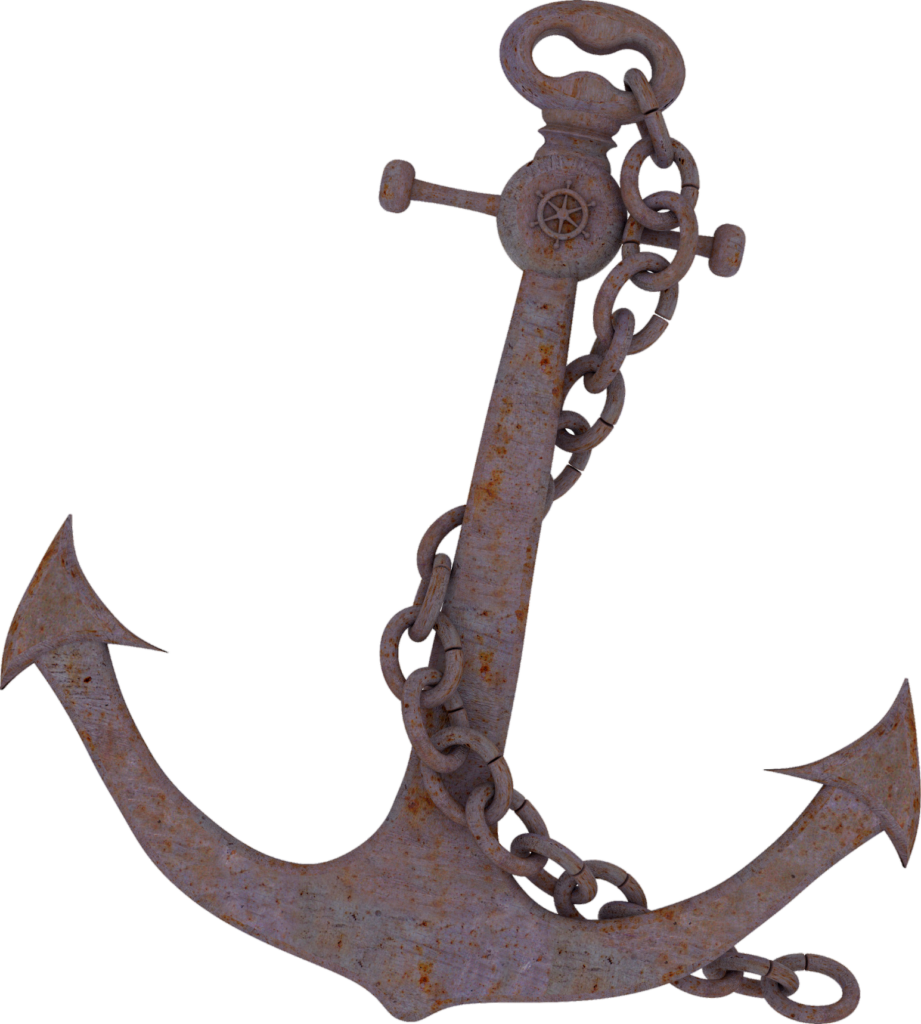
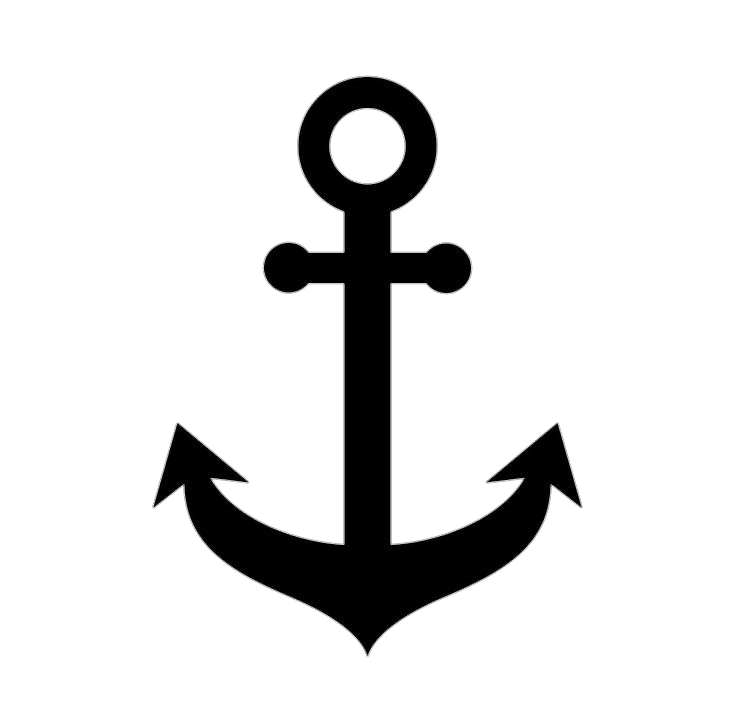
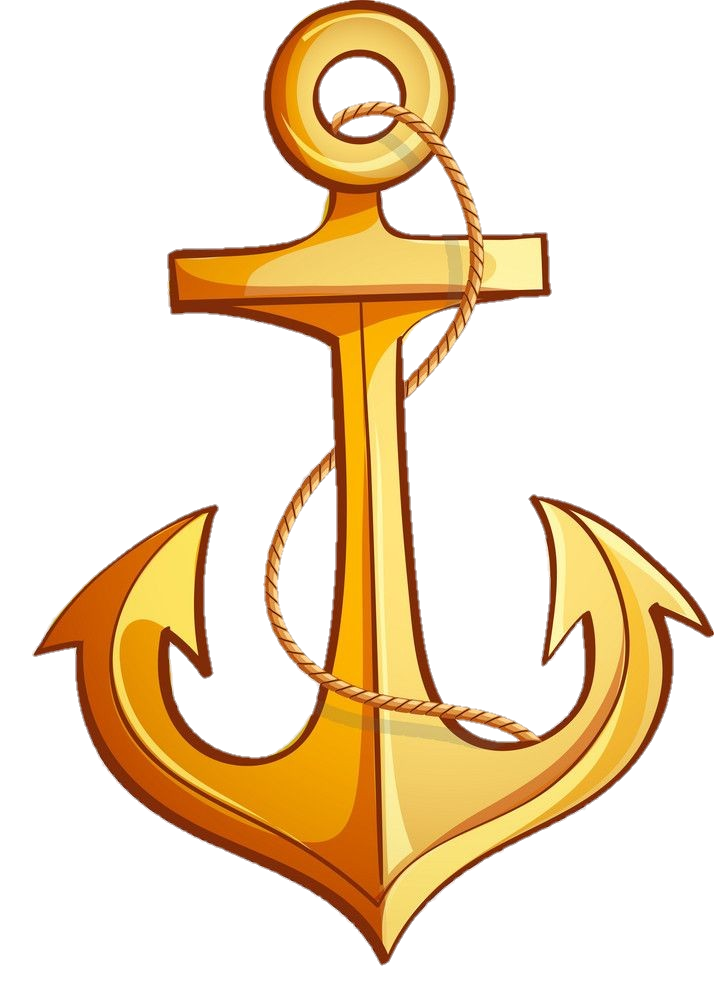
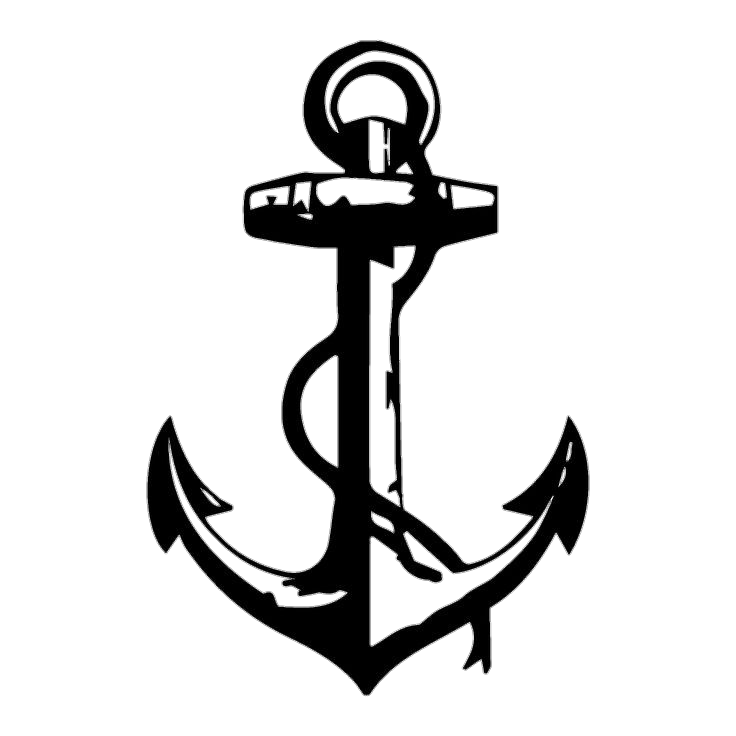
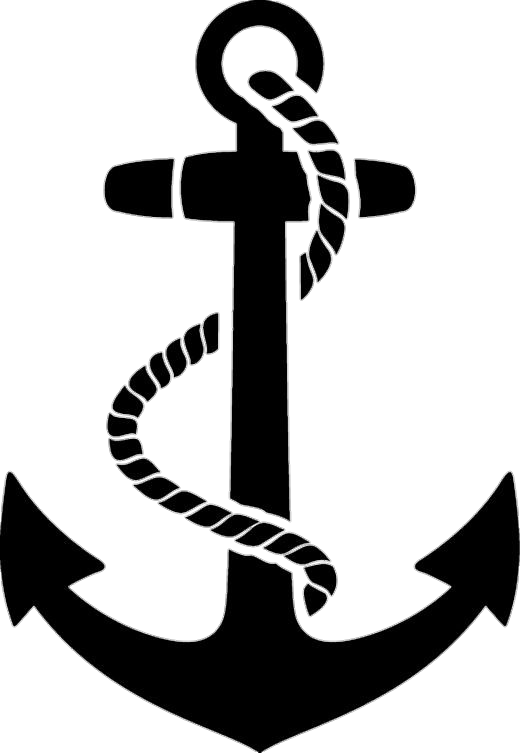

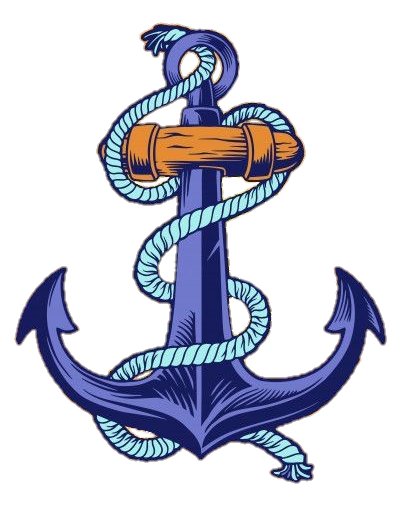
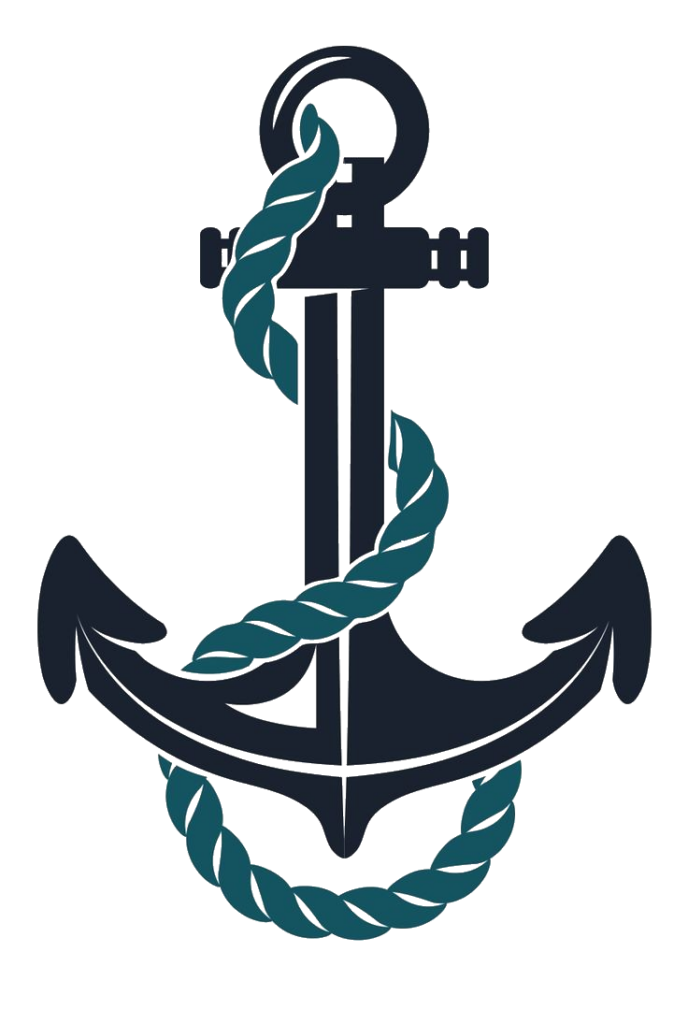
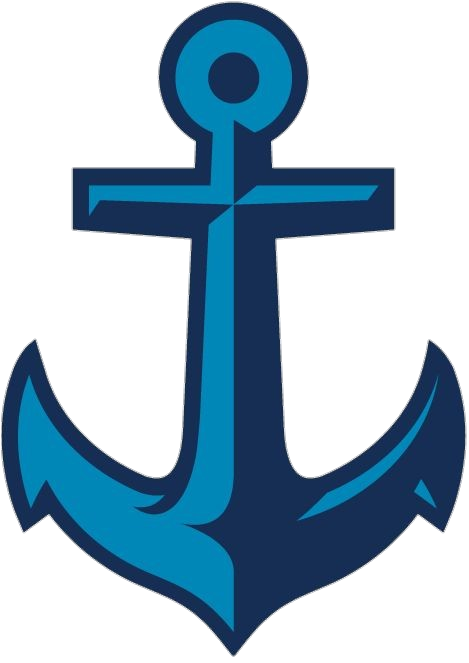
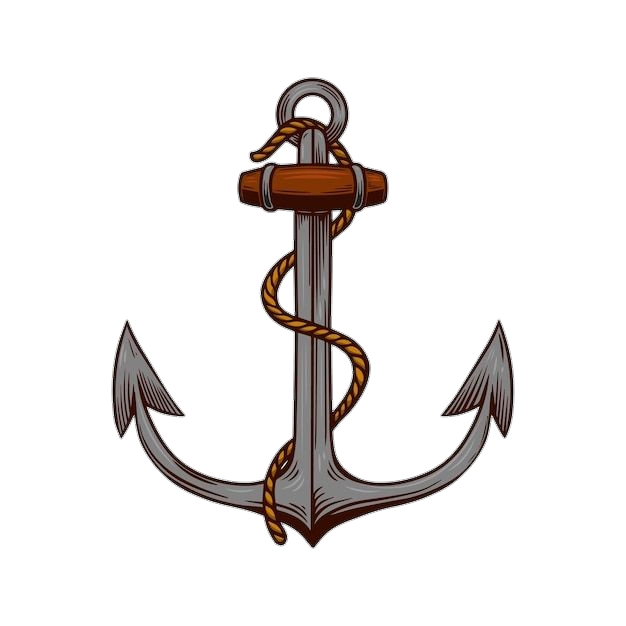
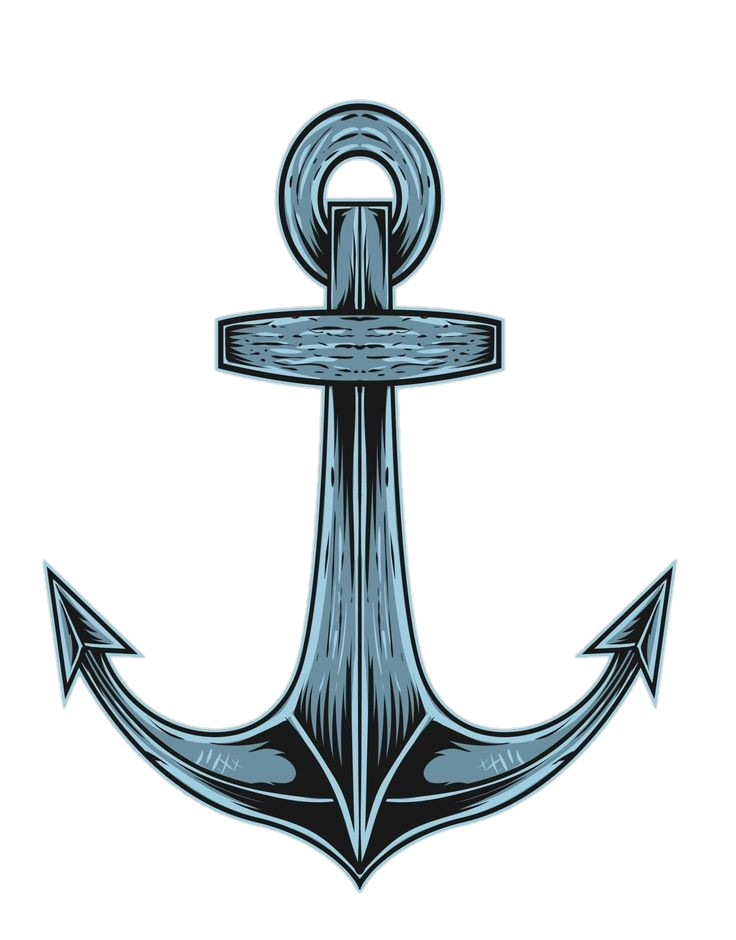
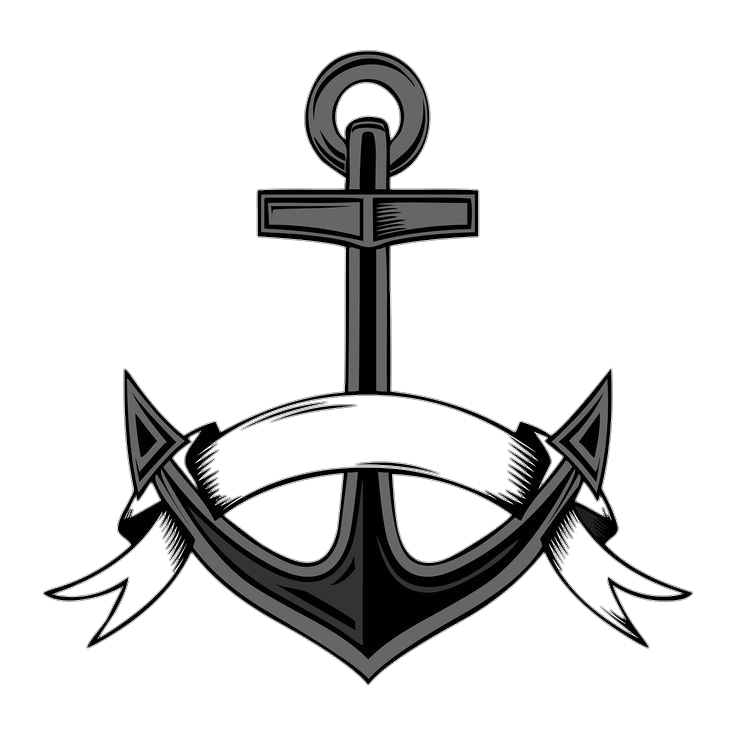
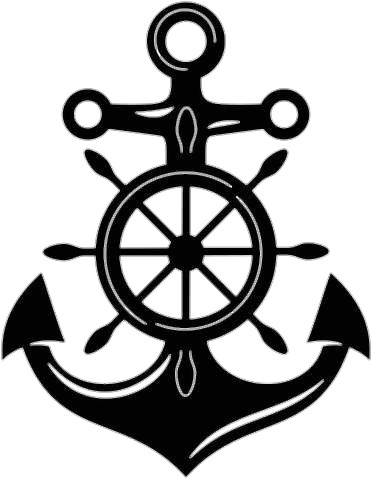
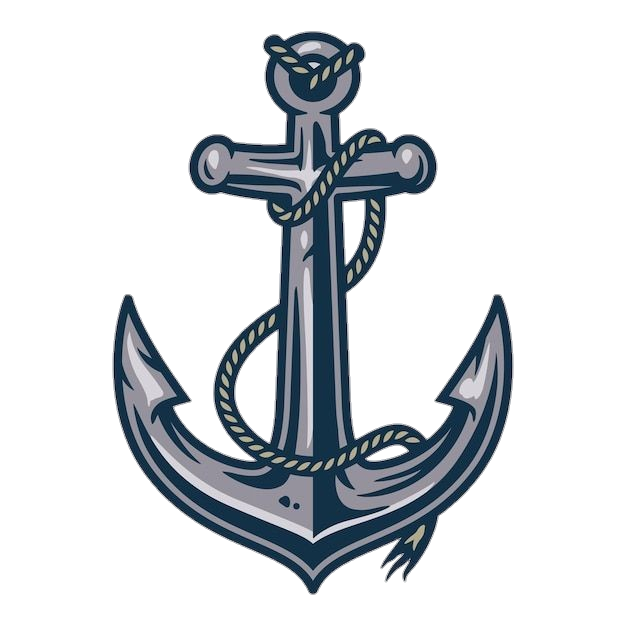
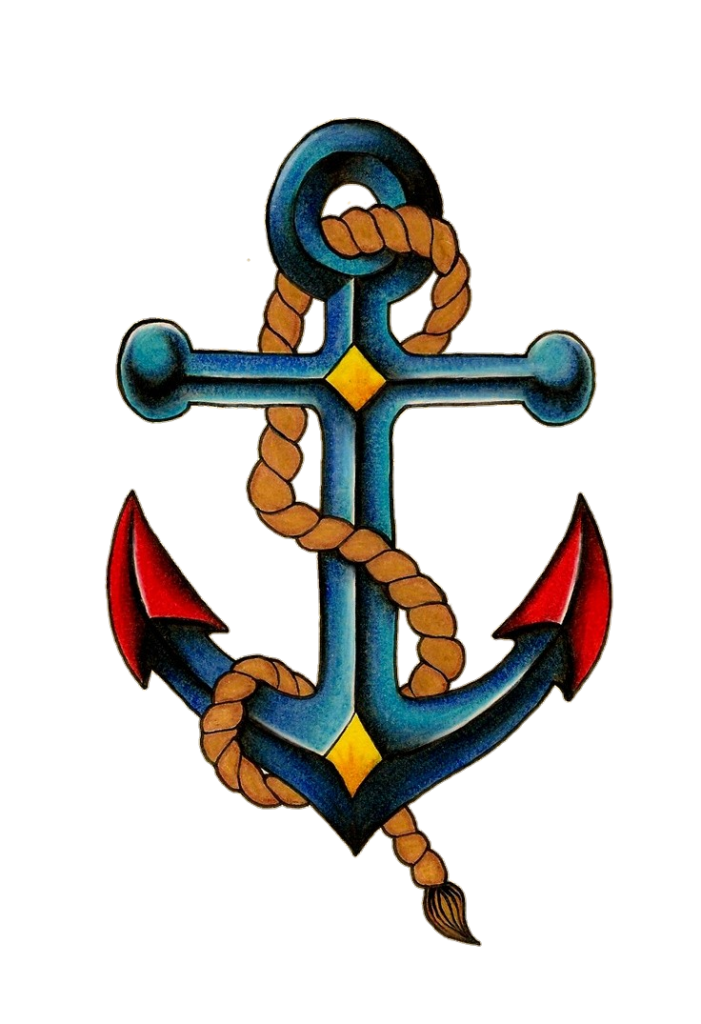
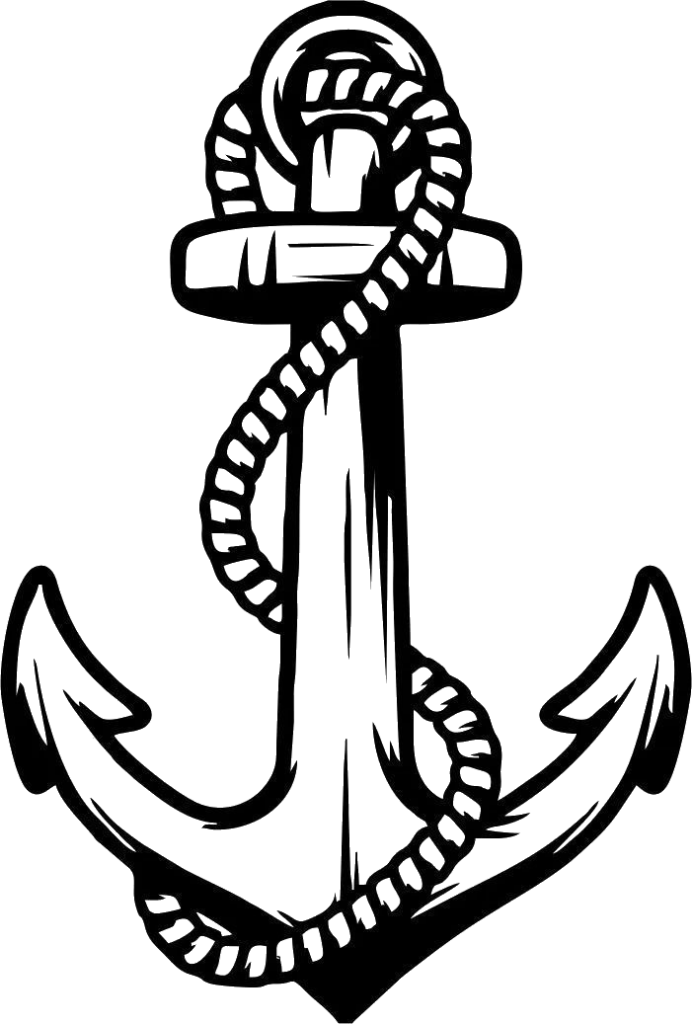
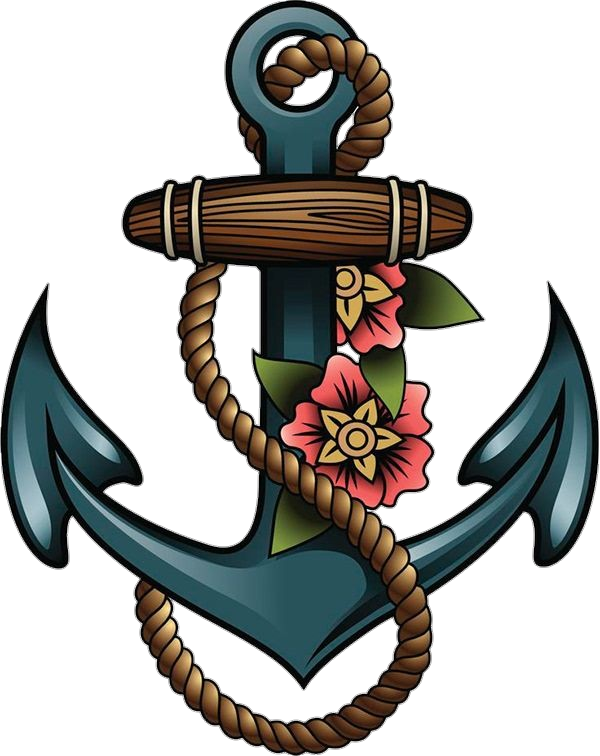
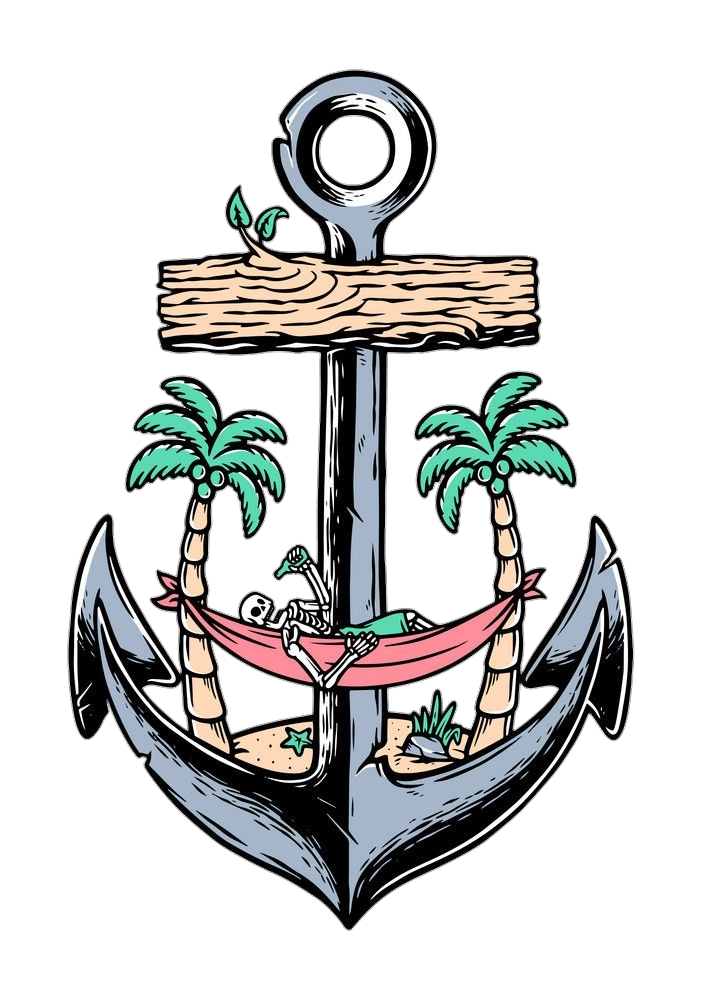
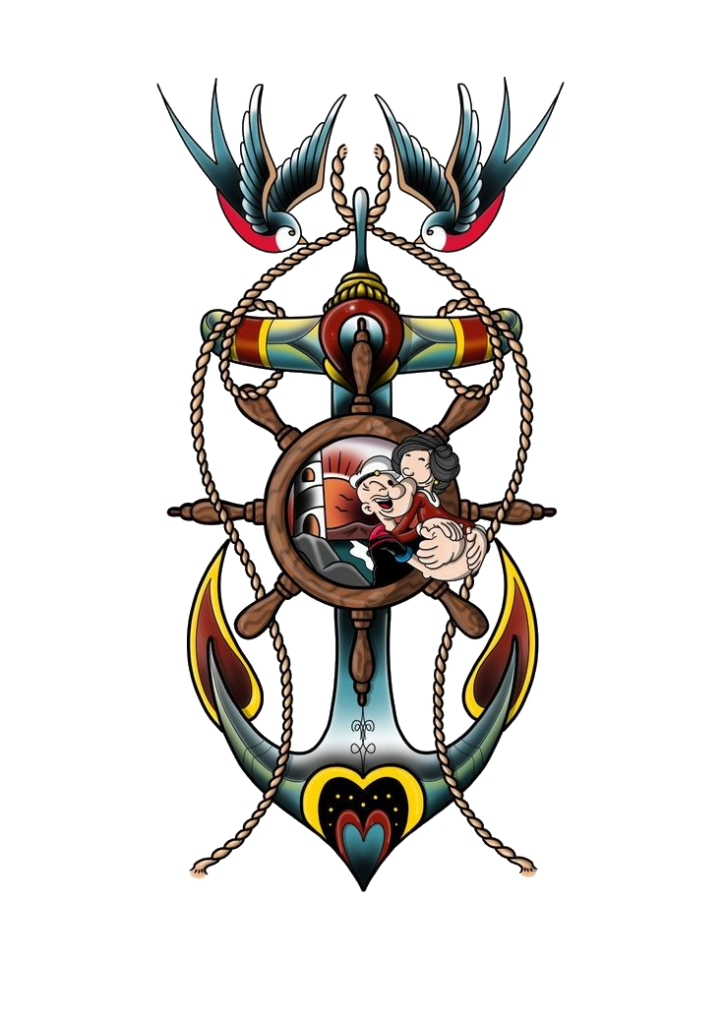
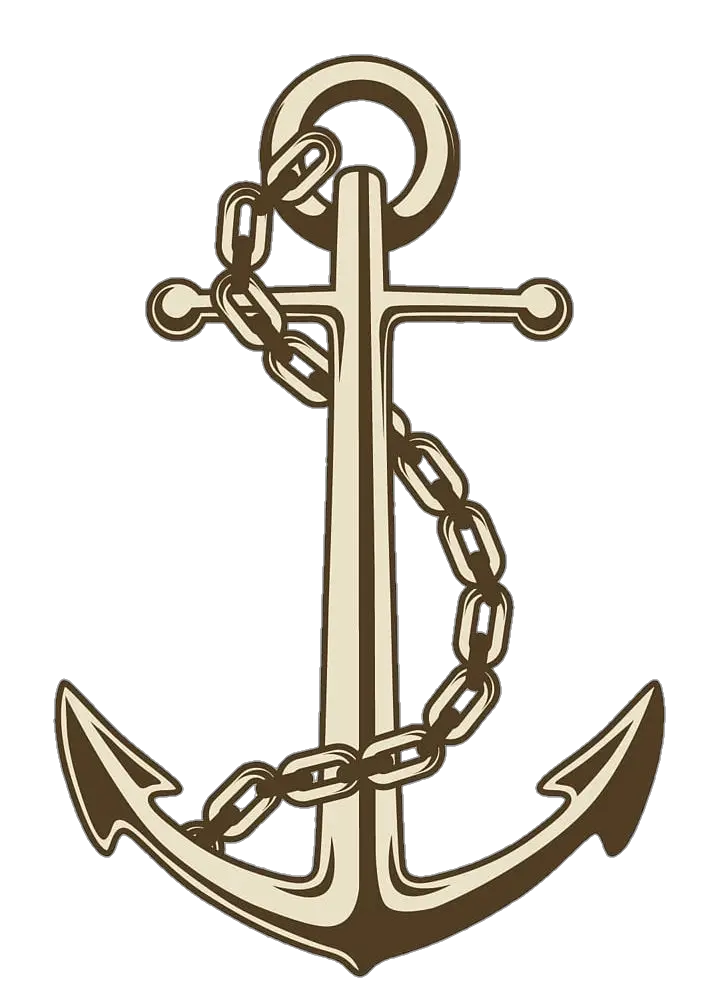
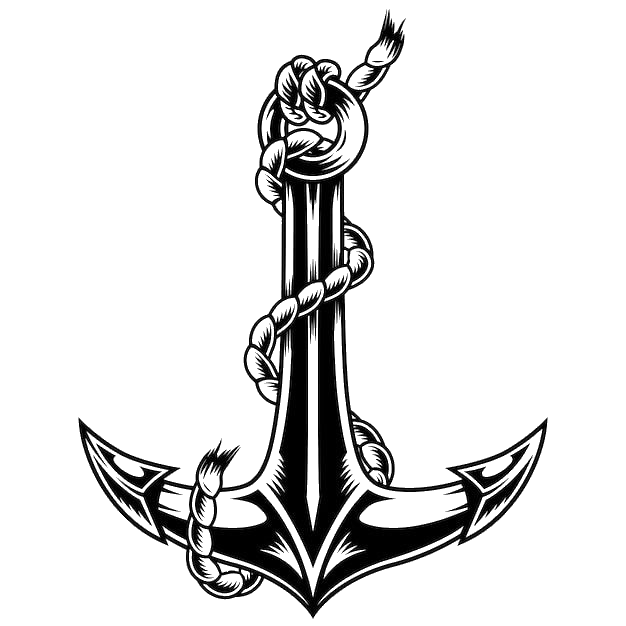
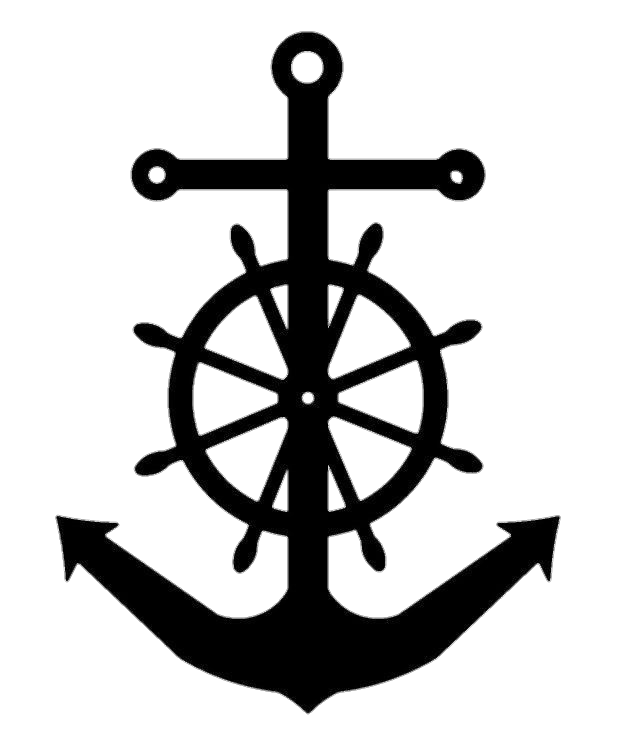
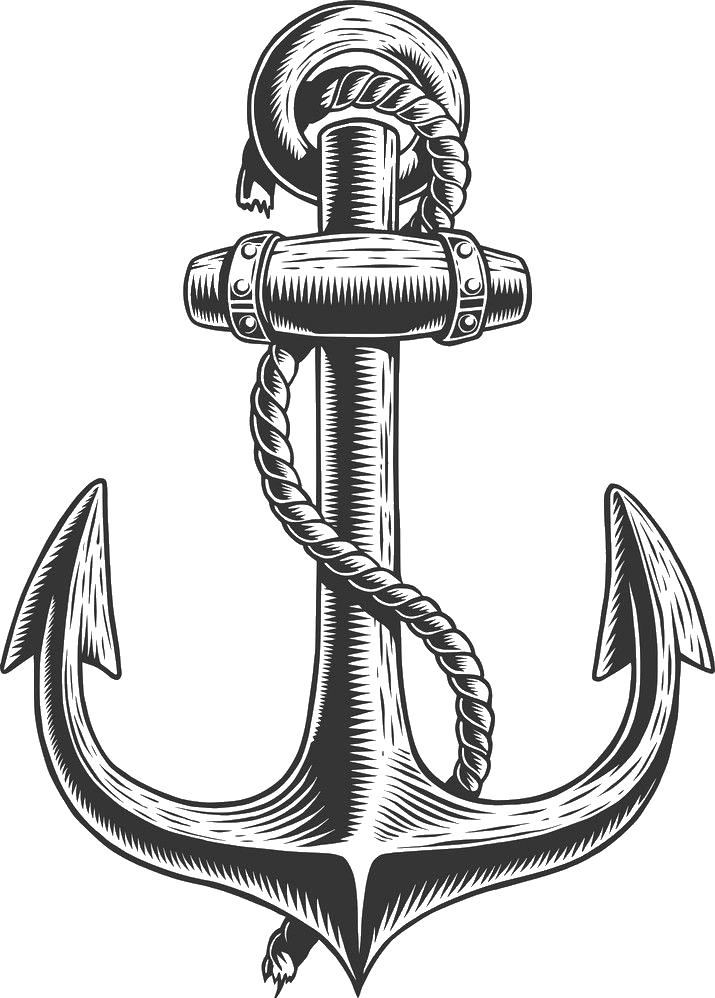

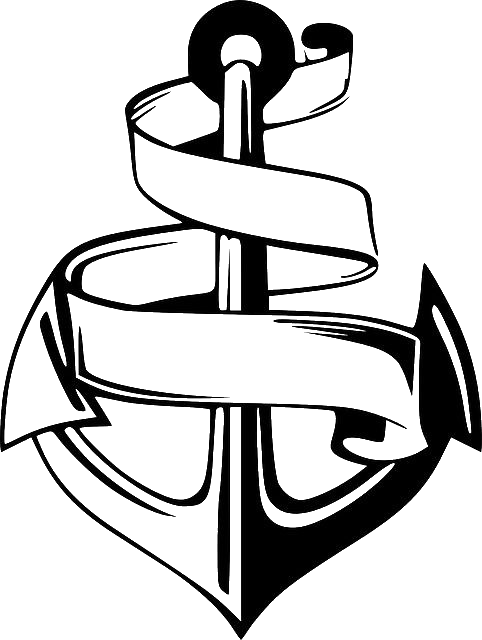
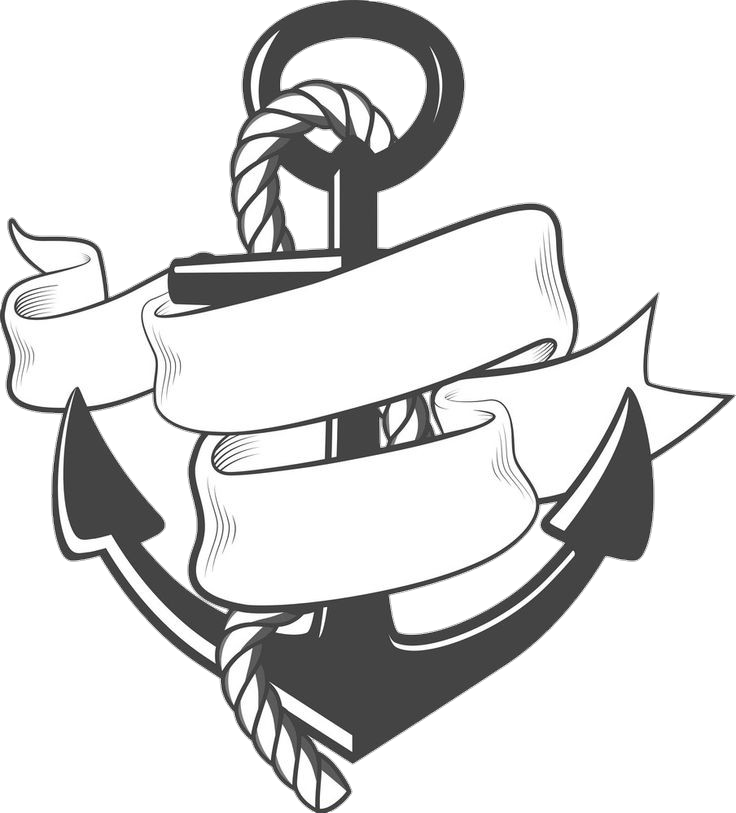
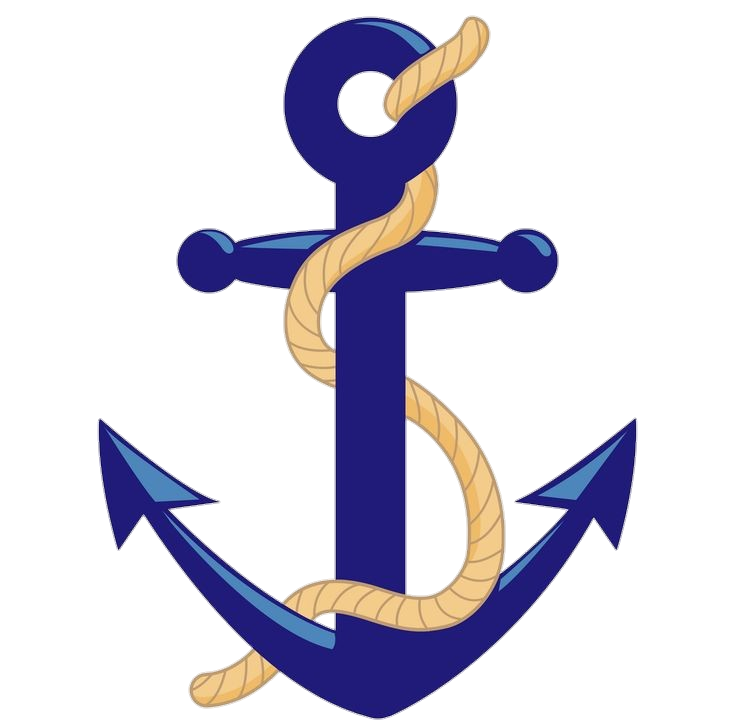
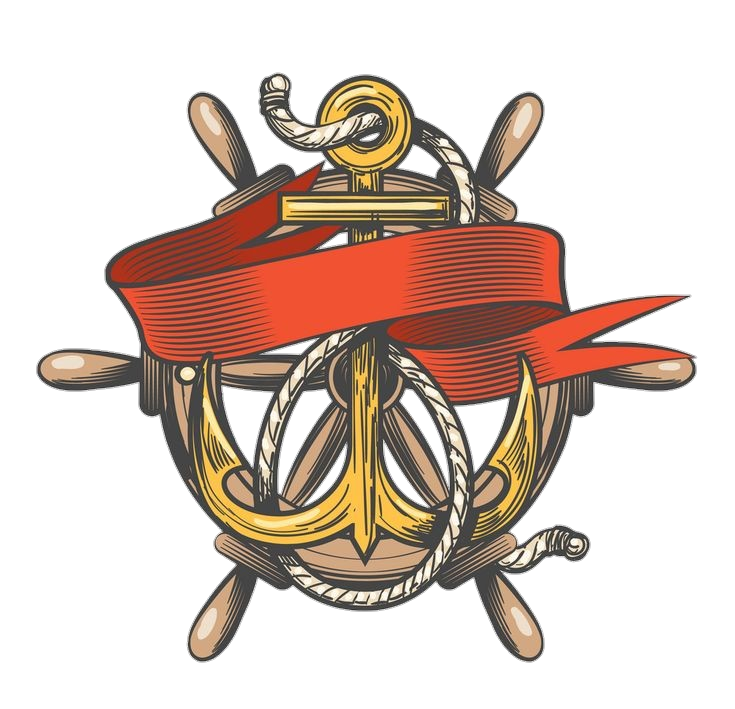
A nautical anchor is a fundamental maritime device designed to secure a vessel in a specific location by preventing it from drifting or moving due to wind, currents, or tides. Anchors have been integral to seafaring for centuries and are crucial for sea navigation, safety, and stability. The design of nautical anchors has evolved, with various types tailored to different seabed conditions and vessel sizes.
The basic structure of a nautical anchor typically consists of a central shank with stock at one end and flukes at the other. The shank is the main vertical component, and the store is a horizontal bar that helps the anchor appropriately set on the seabed. The flukes, resembling large curved blades, dig into the ocean floor when the anchor is dropped, creating resistance against the vessel’s movement.
Anchors are deployed when a ship reaches its intended location and needs to remain stationary. The anchoring process involves lowering the anchor from the vessel into the water until it reaches the seabed. Once on the seabed, the anchor’s flukes embed into the substrate, and the plate is secured. The anchor is then attached to the ship by a chain or rope known as the anchor rode, which transmits the force of the anchor to the vessel.
The effectiveness of a nautical anchor depends on various factors, including the anchor type, the characteristics of the seabed, and the prevailing weather conditions. Different anchor designs, such as the traditional admiralty anchor, the modern plow anchor, and the innovative anchor types like the Danforth and Bruce anchors, are chosen based on the specific needs and circumstances of a maritime situation.
In addition to their practical function, nautical anchors often carry symbolic significance. They are frequently featured in maritime traditions, emblems, and logos, symbolizing stability, security, and a connection to the sea. The iconic image of an anchor is ingrained in marine culture. It serves as a reminder of the historical importance of these essential tools in ensuring the safety and reliability of maritime vessels.
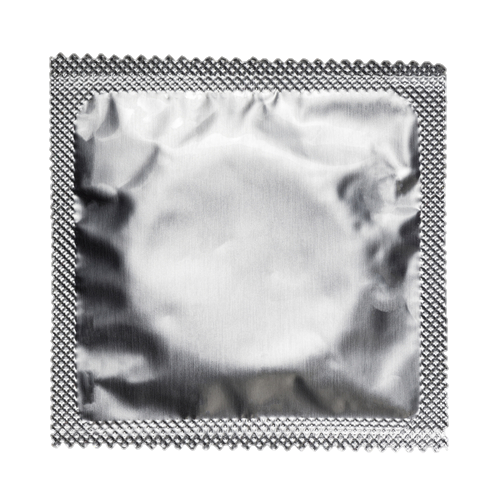



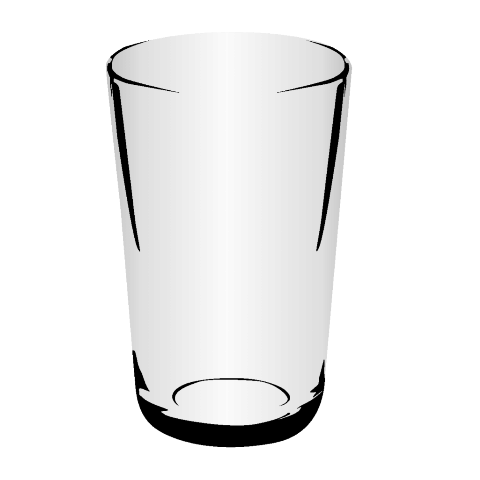

Leave a Comment
Instagram